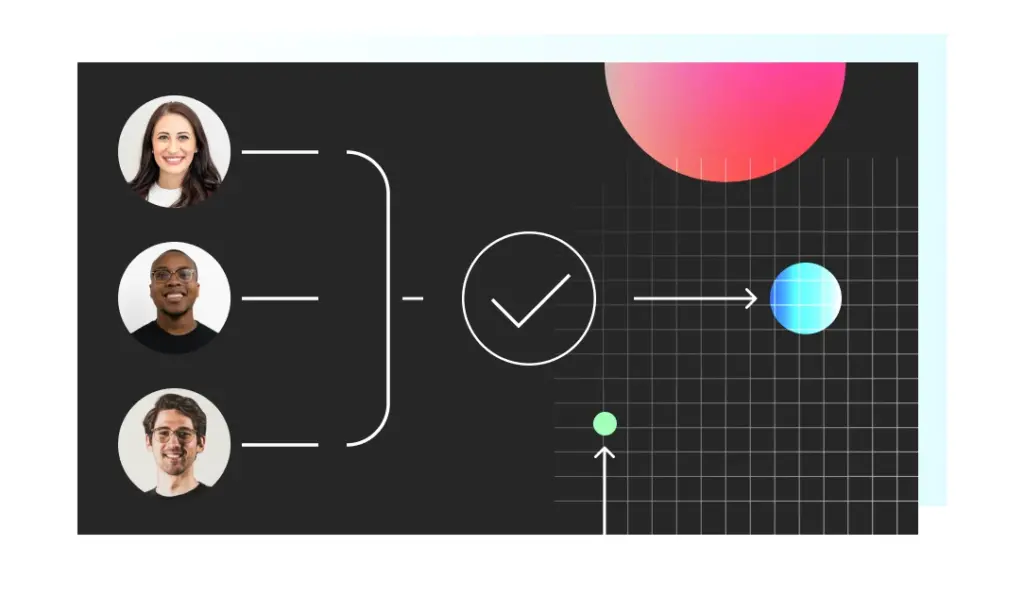AI in Action | Chapter 2
AI-Human Integration

We live in an AI-driven content transformation era that is changing how we create, manage, and localize content.
The rise of AI in content creation has led to misconceptions, conflicting information, and an overall lack of clarity.
The truth is AI and human intelligence work best together.
AI technologies are fundamentally transforming translation workflows. Find out how.
Data annotation isn’t just a checkbox task. It requires a skilled workforce and the ability to think beyond the label.
Two case studies demonstrating our commitment to the strengths of AI and human intelligence to achieve streamlined processes.
The truth is AI and human intelligence work best together. For instance, LSPs used MT with human post-editing long before Gen AI became mainstream. AI-powered MT engines can translate large volumes of text quickly and efficiently. Human post-editors then refine the MT output, ensuring accuracy, fluency, and adherence to brand voice and target audience preferences.
Another successful AI-human integration is in quality estimation (QE). Welocalize’s AI models can automatically flag which text segments are likely to be of the highest quality, allowing us to apply human effort only to segments that truly need human review.
“Our AIQE models are finely calibrated to both language and content type, further tailored to each client program with the integration of specific datasets. This precision tuning empowers our QE to excel at discerning high-quality translations from those of lower quality. Based on our comprehensive research, such language-specific customization is vital for upholding the highest standards of quality in AIQE.”
Mikaela Grace, Head of AI/ML Engineering, Welocalize

 Siobhan Hanna
Siobhan Hanna Erin Wynn
Erin Wynn
 Nicole Sheehan
Nicole Sheehan Kimberly Olson
Kimberly Olson Matt Grebisz
Matt Grebisz Christy Conrad
Christy Conrad Chris Grebisz
Chris Grebisz Dan O’Brien
Dan O’Brien